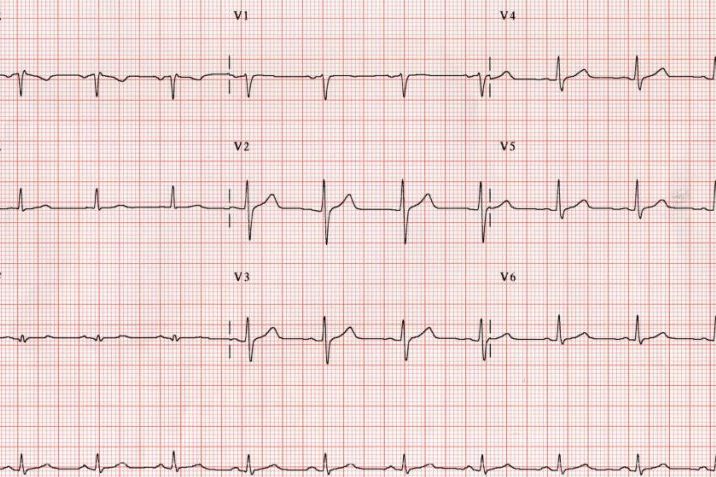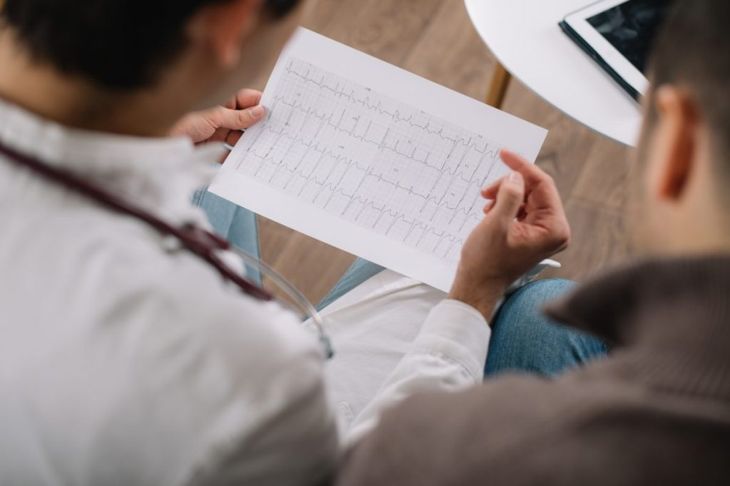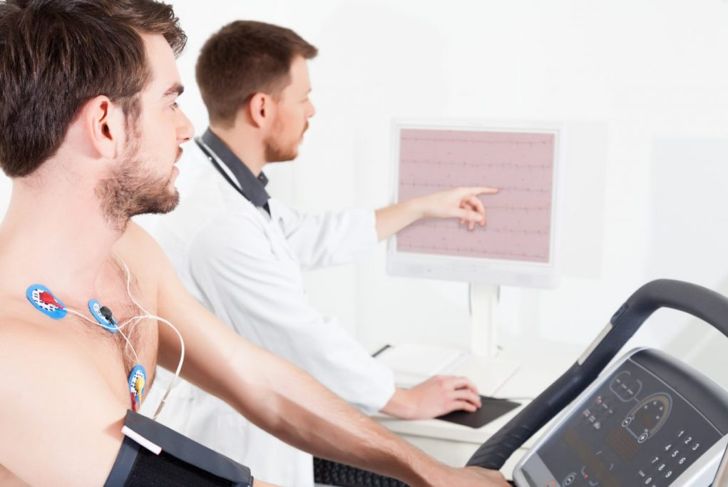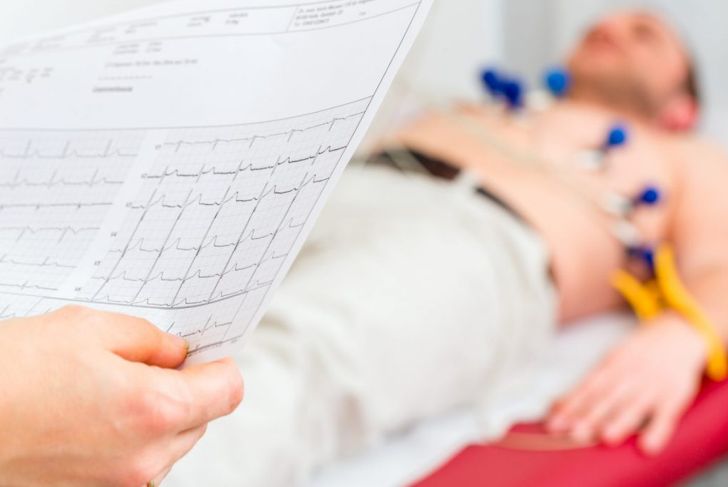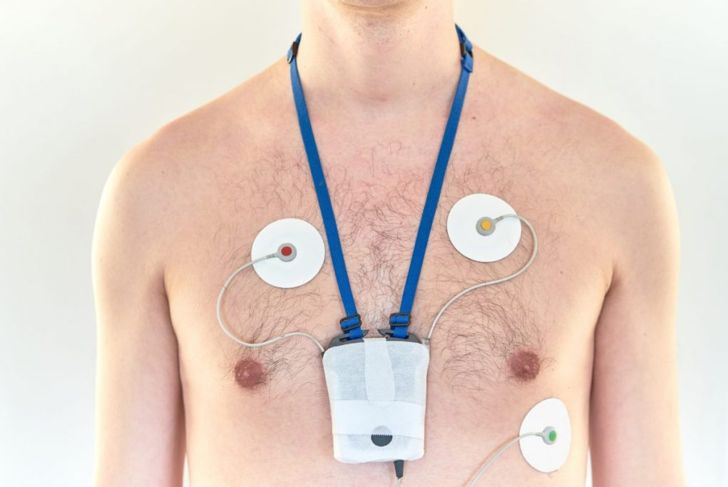During an electrocardiograph, a nest of wires connected to pads on a patient’s chest and limbs sends signals to recording equipment. The recordings allow medical professionals to review heart activity for abnormalities that might indicate concern or evidence of a recent malfunction such as a heart attack. For those at risk of heart problems, electrocardiograms can serve as the “baseline,” to which doctors can compare future EKGs to determine changes in heart activity.
How EKGs Detect Heart Activity
Each lead of the EKG transmits an electrical signal from a different place on the heart, created as the atria and ventricles polarize and depolarize while the heart beats. These signals are transmitted through the skin. Medical professionals interpret heart activity through these signals, though they do not directly represent the beating heart. EKG signals and the relationships between them are used to quickly identify common heart malfunctions.
Choosing 3, 5, or 12-Lead EKG
A complete set of 12 wires attached to the chest and limbs is the standard EKG used in clinical settings, but in some cases, doctors may use a reduced set of leads. These limited EKG monitoring configurations are suitable for telemetry, which involved patient monitoring from a remote location, or when the patient is wearing a device that records EKG data throughout one or more full days.
Types of EKG
EKG monitoring may consist of a brief sample, such as the instantly recognizable paper chart. Alternatively, the physician may choose to monitor and record data for the duration of a procedure such as surgery or stress testing. Mobile monitors worn by patients record signals that enable doctors to evaluate heart functioning during longer-term events. These can capture brief reactions to stress, abnormalities upon waking, and other rare events which may not occur during a brief clinical visit. EKGs are also recorded and evaluated by field personnel such as ambulance EMTs to initiate treatment on the way to a hospital.
What Doctors Look for in an EKG
EKG strip charts contain a graph that represents the passage of time (vertically) and the voltage detected by each lead (horizontally). Each cycle of the heart normally appears as two small bumps with a large peak in between, and a small dip just before the peak. A simple calculation can determine if the heart rate is regular, and the relative positions of the elements of each heartbeat tell the doctor if the heart muscle is beating in a normal fashion. If these patterns are appearing irregularly over time or show any deformities, this can indicate the possibility of specific heart problems.
Emergency EKGs
On the way to the hospital or at the scene of an accident, emergency medical technicians may record a reduced EKG to facilitate initial treatment decisions once the patient has arrived at the hospital. Specific rhythms and the appearance of the heartbeat waveform can help them to understand what kind of problems the patient is experiencing, such as a drug side effect or interaction, or a heart condition.
EKGs in Stress Tests
The doctor will usually conduct an electrocardiogram while the patient is lying down and at rest. EKG data recorded during a stress test, however, shows heart activity while exercising. As the patient works harder, the heart responds to additional demands from the muscles or limitations on breathing and available oxygen. This may reveal heart muscle issues.
EKGs for Health Screening
EKGs may be used during physicals to determine the patient’s health for insurance, pilot certifications, or other examinations where it is important to establish the patient is in good health. Baseline EKGs are also useful for these instances.
Holter Monitor and Other Extended EKG Recording
Rare but serious heart events can be difficult to treat. A long-term EKG monitoring system such as a Holter monitor can provide data over several days. This data helps the physician correlate heart rhythms with episodes of fainting, chest pain, or other heart-related events. It offers specific information about heartbeat irregularities that occurred at those specific points in time.
What Doesn’t Show in an EKG
An electrocardiogram, as its name implies, records electrical activity from the heart muscles. While this can reveal a great deal about the way the heart is beating, it is not a complete picture of heart activity. Valve operation, the motion and velocity of blood in the heart, and the amount of blood the muscle is transporting are important measures that require other tests such as a Doppler ultrasound or echocardiogram.
Patient Concerns about EKGs
With so many wires attached to the body, it’s natural for a patient to be concerned about potential risks, though they are minimal. The electrocardiogram receives and records electrical impulses from the body, but does not send any electrical energy to the patient. EKG equipment is not the same as that used to stimulate the heart. They are passive tests that provide valuable information without discomfort beyond a slight pull to remove the pads to which the leads are connected.

 Home
Home Health
Health Diet & Nutrition
Diet & Nutrition Living Well
Living Well More
More